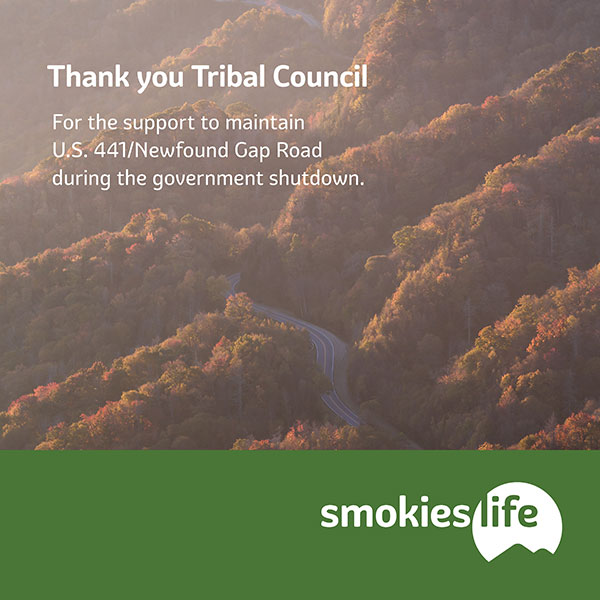GATLINBURG – The new Oconaluftee Visitor Center which opened last April just north of Cherokee, NC at Great Smoky Mountains National Park has just received certification at the Gold Level under the US Green Building Council’s Leadership in Energy and Environmental Design (LEED) Rating System.
Great Smoky Mountains National Park Superintendent Dale Ditmanson said, “As stewards of America’s most prominent and pristine natural and cultural resources, the National Park Service strives to set the best possible example of developing its facilities in such a manner as to make them as energy efficient and sustainable as we possibly can. This new Visitor Center offers us a fabulous opportunity to demonstrate a whole range of green initiatives to over 400,000 visitors each year.”
“The new Visitor Center has become a visitor attraction in its own right.” Ditmanson continued. “Visitation to the new Center jumped from 307,000 in 201o to 434,000 in 2012, a 41% increase.”
The LEED certification process evaluates structures based upon five environmental categories: Sustainable Sites, Water Efficiency, Energy and Atmosphere, Materials and Resources, and Indoor Environmental Quality. Additional credit is given for Design Innovations. In the case of the Oconaluftee Visitor Center the new building includes a wide range of “green” practices and materials. The roof shingles look just like the slate on the old visitor center but are made of recycled rubber and plastic which has a 50-year warranty. The shingles were applied over a design feature called “cool roof” technology which includes a 1 inch “air gap” left beneath them to carry off radiant heat before it can enter the building.
The structure is designed to take maximum advantage of free natural light by the placement of windows and solar tubes. High-efficiency light fixtures adjust automatically to compensate for changes in outside light entering the building. Offices and restrooms are equipped with motion sensors that shut off the lights when they are unoccupied.
The rain gutters on the Center and its adjoining restroom funnel all runoff into a 5,000 gallon underground cistern that provides the water used in the toilets. The sinks and commodes are all low-flow and the urinals are totally waterless. The lobby floor is made of recycled rubber and the wood flooring in the museum is re-used chestnut lumber from old barns from the surrounding area.
A geothermal heating and cooling system circulates water underground to reach the earth’s constant temperature of 55 degrees then returns the water to the visitor center to heat or cool the building. The 12 wells that service this system are at depths of 250-300 feet. Temperature controls are computerized to reduce energy use on nights and weekends when the building is unoccupied.
Its exterior is clad in granite that matches that used in the original visitor center which was built in 1939-40 by the Civilian Conservation Corps. Above the stone layer its exterior walls look like wood, but are cement fiberboard that is very strong and is impervious to rot and insect damage. A spacious covered porch overlooking the nearby Oconaluftee Mountain Farm Museum provides extra gathering space for Park interpretive programs. The old center now houses a multi-purpose meeting room as well as staff offices.
The Oconaluftee Visitor Center is located a mile inside the Park’s Cherokee Entrance. The $3.5 million, 6,300 square-foot building was constructed using 100% partner funding. The Great Smoky Mountains Association donated the $3 million building to the Park and the Friends of the Smokies donated over $500,000 to produce all the interpretive and orientation media.
“We are extremely proud that the building has received this LEED recognition.” Ditmanson said, “The new visitor center joins the Park’s Twin Creeks Science and Education Center which was awarded gold certification in 2010 and was also constructed with key support from the Association and the Friends.”
– NPS





